Edward Elson Kosasih
GAETS: A Graph Autoencoder Time Series Approach Towards Battery Parameter Estimation
Nov 17, 2021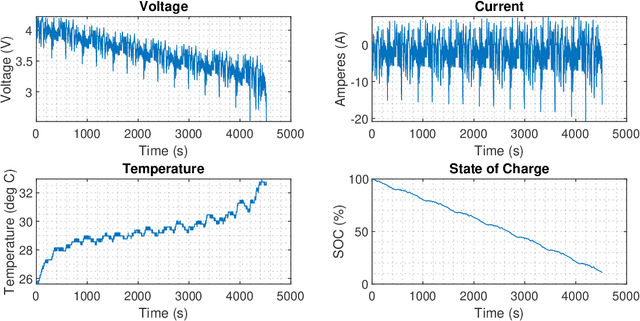
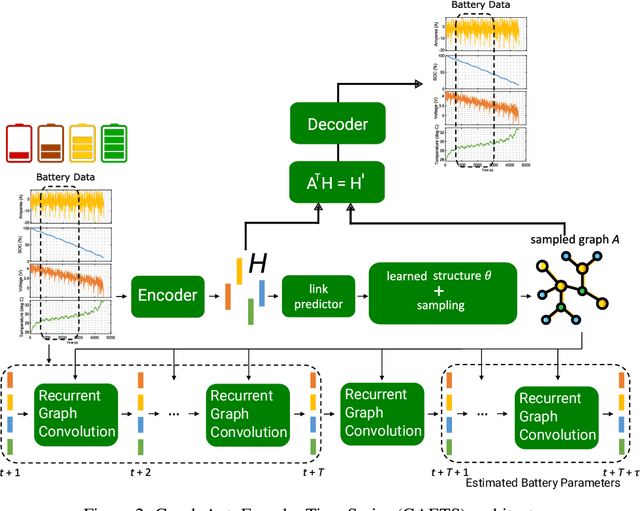
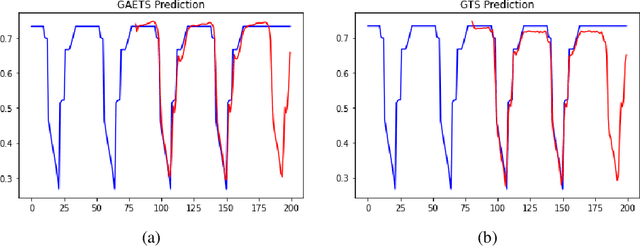
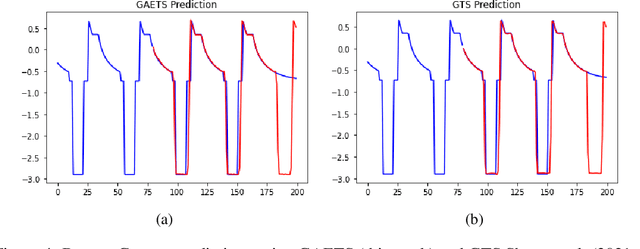
Abstract:Lithium-ion batteries are powering the ongoing transportation electrification revolution. Lithium-ion batteries possess higher energy density and favourable electrochemical properties which make it a preferable energy source for electric vehicles. Precise estimation of battery parameters (Charge capacity, voltage etc) is vital to estimate the available range in an electric vehicle. Graph-based estimation techniques enable us to understand the variable dependencies underpinning them to improve estimates. In this paper we employ Graph Neural Networks for battery parameter estimation, we introduce a unique graph autoencoder time series estimation approach. Variables in battery measurements are known to have an underlying relationship with each other in a certain correlation within variables of interest. We use graph autoencoder based on a non-linear version of NOTEARS as this allowed us to perform gradient-descent in learning the structure (instead of treating it as a combinatorial optimisation problem). The proposed architecture outperforms the state-of-the-art Graph Time Series (GTS) architecture for battery parameter estimation. We call our method GAETS (Graph AutoEncoder Time Series).
Data Considerations in Graph Representation Learning for Supply Chain Networks
Jul 22, 2021



Abstract:Supply chain network data is a valuable asset for businesses wishing to understand their ethical profile, security of supply, and efficiency. Possession of a dataset alone however is not a sufficient enabler of actionable decisions due to incomplete information. In this paper, we present a graph representation learning approach to uncover hidden dependency links that focal companies may not be aware of. To the best of our knowledge, our work is the first to represent a supply chain as a heterogeneous knowledge graph with learnable embeddings. We demonstrate that our representation facilitates state-of-the-art performance on link prediction of a global automotive supply chain network using a relational graph convolutional network. It is anticipated that our method will be directly applicable to businesses wishing to sever links with nefarious entities and mitigate risk of supply failure. More abstractly, it is anticipated that our method will be useful to inform representation learning of supply chain networks for downstream tasks beyond link prediction.
On Graph Neural Network Ensembles for Large-Scale Molecular Property Prediction
Jun 29, 2021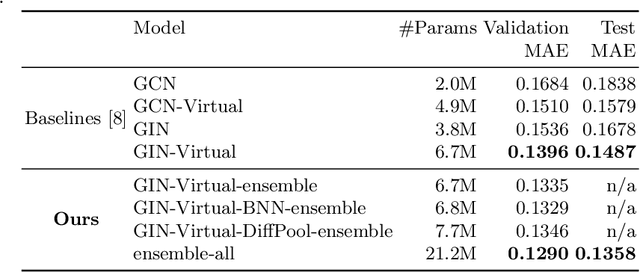
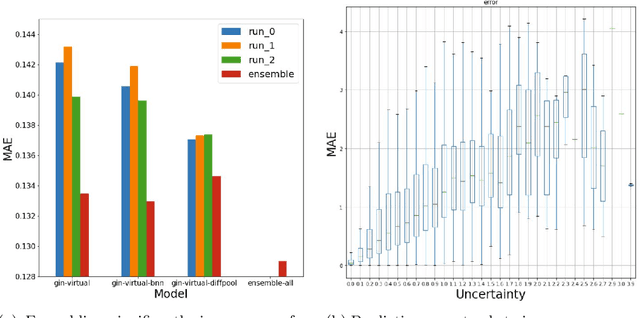
Abstract:In order to advance large-scale graph machine learning, the Open Graph Benchmark Large Scale Challenge (OGB-LSC) was proposed at the KDD Cup 2021. The PCQM4M-LSC dataset defines a molecular HOMO-LUMO property prediction task on about 3.8M graphs. In this short paper, we show our current work-in-progress solution which builds an ensemble of three graph neural networks models based on GIN, Bayesian Neural Networks and DiffPool. Our approach outperforms the provided baseline by 7.6%. Moreover, using uncertainty in our ensemble's prediction, we can identify molecules whose HOMO-LUMO gaps are harder to predict (with Pearson's correlation of 0.5181). We anticipate that this will facilitate active learning.
 Add to Chrome
Add to Chrome Add to Firefox
Add to Firefox Add to Edge
Add to Edge